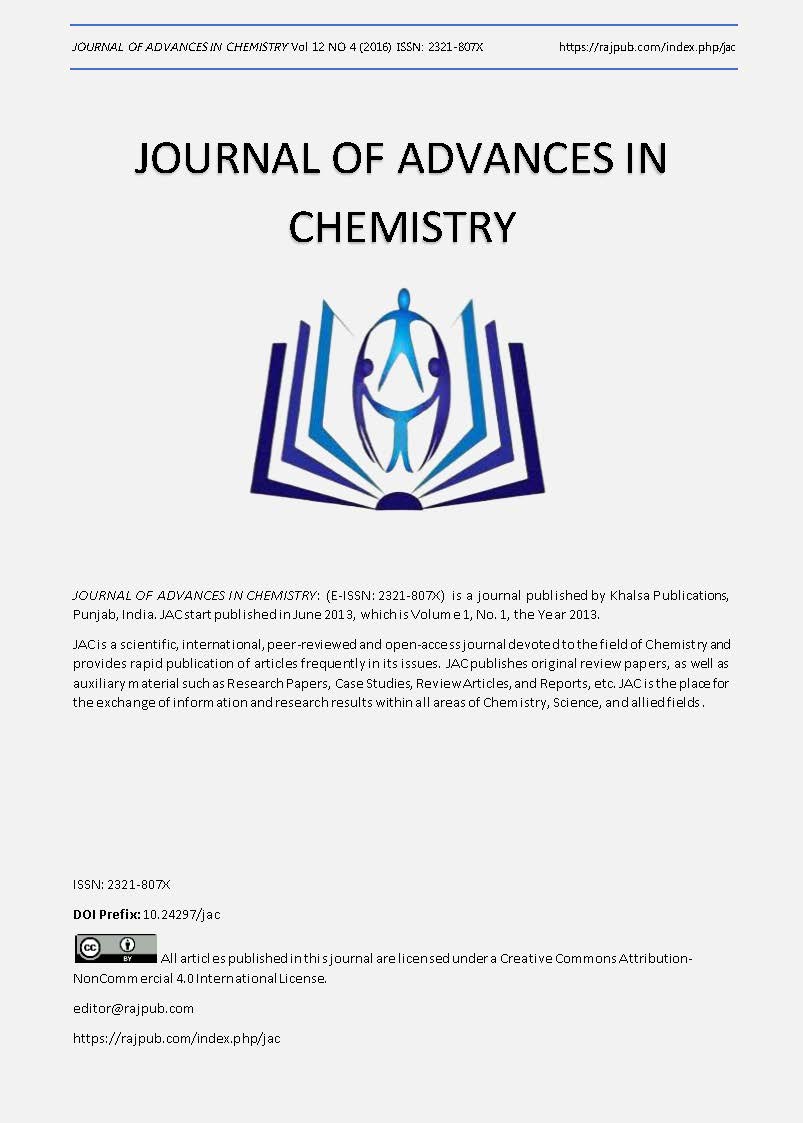Stopped-Flow Kinetic Study of Reduction of Ferric Maltol Complex by Ascorbate
DOI:
https://doi.org/10.24297/jac.v12i4.2174Keywords:
Iron(III) maltol complex, saturation kinetics, flavanolsAbstract
Stopped-flow kinetic investigation of reduction of Fe(III)-maltol complex is reported. The rates are dependent on pH in a complex way. On one hand at low pH there is a predominance of Fe(III)(maltol)2 which is easier to reduce compared to Fe(III) (maltol)3 which is more resistant to reduction. On the other hand ascorbate is a stronger reducing agent at higher pH. The rates are also found to be inversely dependent on the concentration of free ligand. These observations are explained by the following rate law:
Rate = ((k0 +k1[H+])k2 [Asc-]/ (k-1[HMal] + k2[Asc-])) + k3 [Asc-] ) [FeIII(Mal)3]
 Here k1 is the rate constant for acid hydrolysis of the Fe(maltol)3 complex to Fe(maltol)2 complex and is directly controlled by H+, k0 is the rate constant for hydrolysis of the Fe(maltol)3 complex to Fe(maltol)2 complex and is an intrinsic process, k-1 is the rate constant of reformation of the tris complex by reaction of the bis complex and the free ligand, k2 is the rate constant for reduction of the bis complex by ascorbate and k3 is the rate constant for the reduction of the tris complex by ascorbate.
Downloads
Downloads
Published
How to Cite
Issue
Section
License
 All articles published in Journal of Advances in Linguistics are licensed under a Creative Commons Attribution 4.0 International License.
All articles published in Journal of Advances in Linguistics are licensed under a Creative Commons Attribution 4.0 International License.




